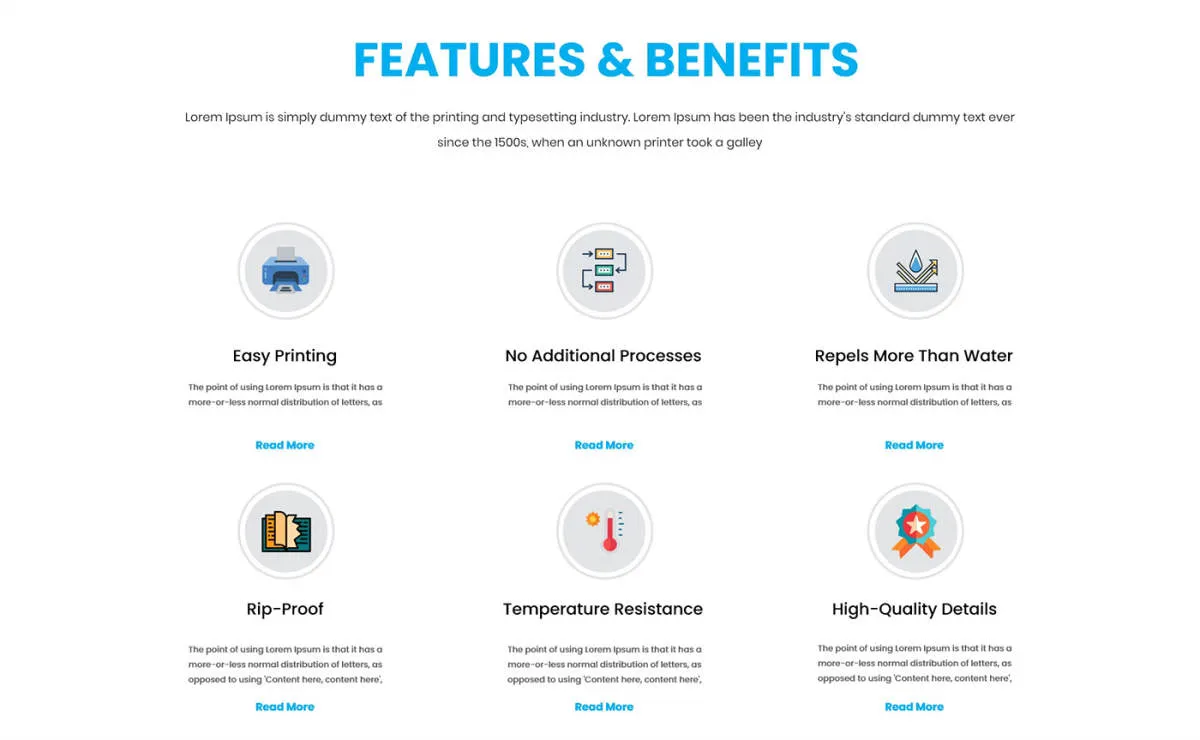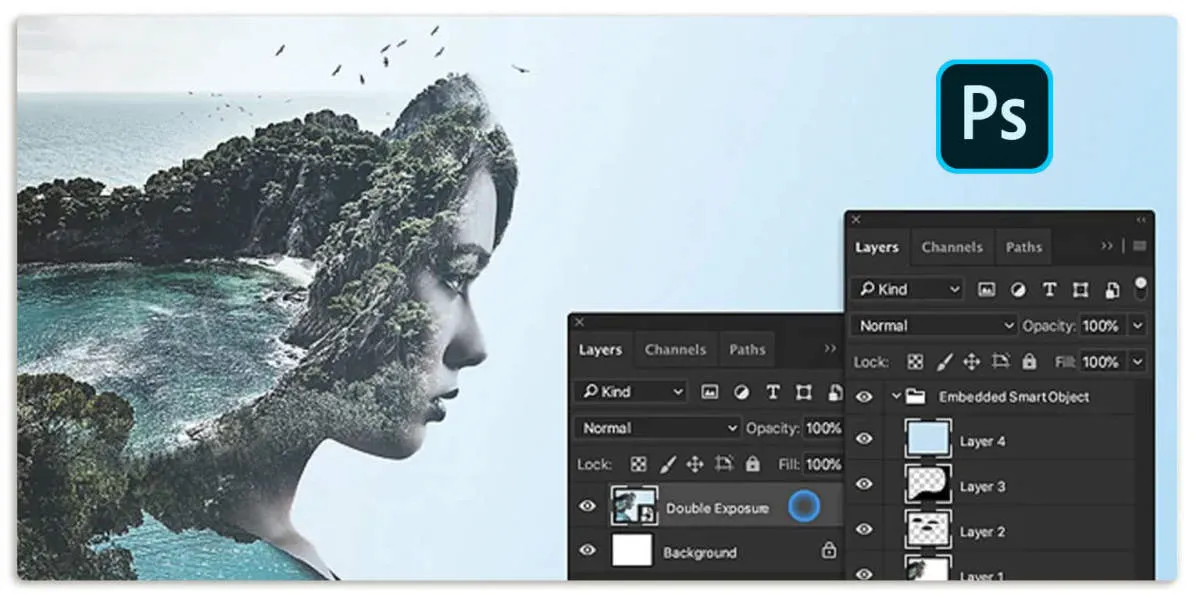Discover the power and versatility of Adobe Photoshop in our in-depth review of the best photo editing software on the market. Explore its features, tools, and capabilities that make it a must-have for professional photographers and designers.
Introduction

Adobe Photoshop needs little introduction. As the industry-standard photo editing software, its name is practically synonymous with digital image manipulation. From simple cropping and color correction to complex compositing and 3D design, Photoshop offers a comprehensive toolkit for photographers, designers, and digital artists of all levels.
This review delves into the depths of Adobe Photoshop, exploring its vast features, strengths, limitations, and whether it still holds the crown as the king of photo editing software in a rapidly evolving digital landscape.
Features

Adobe Photoshop is jam-packed with features designed to cater to a wide range of image editing needs, from basic adjustments to complex manipulations. Here’s a glimpse of what makes it so powerful:
Layers
This fundamental feature allows you to stack and organize different elements of your image. Imagine placing text on one layer, an image on another, and adjustments on yet another—all without directly affecting the others. This non-destructive editing is crucial for flexibility and experimentation.
Selections
Photoshop offers an array of tools to select specific areas of your image with incredible precision. Whether it’s a simple shape or a complex outline, you can isolate areas for targeted editing without affecting the rest of the photo.
Masking
Taking selections a step further, masking lets you hide or reveal parts of a layer with granular control. This is invaluable for tasks like seamlessly blending images together or applying effects to specific portions of a photo.
Retouching and Healing Tools
From removing blemishes and imperfections to replacing entire objects, Photoshop’s retouching tools are renowned for their power and versatility. Features like the Spot Healing Brush, Clone Stamp, and Content-Aware Fill make complex edits surprisingly intuitive.
Color Correction and Grading
Fine-tune the colors in your images with precision. Adjust white balance, exposure, contrast, and more using tools like Curves, Levels, and the Camera Raw module. For stylized looks, explore the vast range of color grading options.
Filters and Effects
Photoshop offers a vast library of filters and effects, from artistic styles to sharpening and blurs. Experiment with creative looks or use them for practical adjustments—the possibilities are extensive.
Typography and Graphics
More than just photo editing, Photoshop allows you to add text and create vector graphics. Design logos, posters, web graphics, and more using its comprehensive typography and drawing tools.
User Interface

Adobe Photoshop boasts a highly customizable and comprehensive user interface that caters to both novice and professional users. The interface is designed around the concept of a workspace, allowing users to arrange panels and tools according to their workflow preferences.
Key UI elements include:
- Menu bar: Provides access to all of Photoshop’s features and commands.
- Toolbar: Contains shortcuts to frequently used tools, such as selection tools, brushes, and shape tools.
- Options bar: Displays context-sensitive options for the currently selected tool.
- Panels: Offer a wide range of controls and settings for adjusting layers, colors, adjustments, and more.
- Document window: Displays the image or graphic being edited.
Photoshop’s UI can feel overwhelming at first glance due to the sheer number of features and options. However, the software offers a high degree of customization. Users can create custom workspaces, rearrange panels, and even create keyboard shortcuts for their most-used commands.
Adobe has also incorporated features to improve user experience, such as:
- Context-sensitive menus: Right-clicking within the interface brings up relevant options based on the active tool or selection.
- Tooltips: Hovering over a tool or option displays a brief description of its function.
- Searchable menus and panels: Allows users to quickly locate specific tools, commands, or settings.
Performance

Adobe Photoshop is a resource-intensive application, and its performance can vary depending on your hardware configuration. On a powerful system with a fast processor, ample RAM, and a dedicated graphics card, Photoshop runs incredibly smoothly, even when working with large, complex files.
However, on older or less powerful machines, you might experience some lag or delays, especially when performing demanding operations like using complex filters or editing high-resolution images.
Here are some factors that can impact Photoshop’s performance:
- Processor (CPU): A faster CPU with multiple cores will significantly improve performance, especially for tasks like rendering and processing.
- RAM: Photoshop utilizes a significant amount of RAM, especially when working with large files. 8GB of RAM is the minimum recommended, but 16GB or more is ideal for smoother operation.
- Graphics Card (GPU): A dedicated graphics card with ample VRAM can accelerate many Photoshop operations, particularly those involving 3D or video editing.
- Hard Drive: An SSD (Solid State Drive) will significantly reduce loading times and improve overall responsiveness compared to a traditional HDD (Hard Disk Drive).
Conclusion

Adobe Photoshop remains an industry titan in the world of photo editing. Its comprehensive toolkit, professional features, and constant innovation make it a top choice for photographers, graphic designers, and digital artists alike. While the subscription model and learning curve might seem daunting to some, the sheer power and versatility that Photoshop offers are undeniably valuable.
Conclusion
Overall, Adobe Photoshop remains the top choice for professional photo editing software. With its robust features, advanced tools, and seamless integration, it offers unmatched versatility and quality for editing photographs.

